Signs a Tree or Shrub Isn't Happy – And How to Move It to a Better Spot
Does your tree or shrub look unhappy? Maybe all it needs is a change of scene.
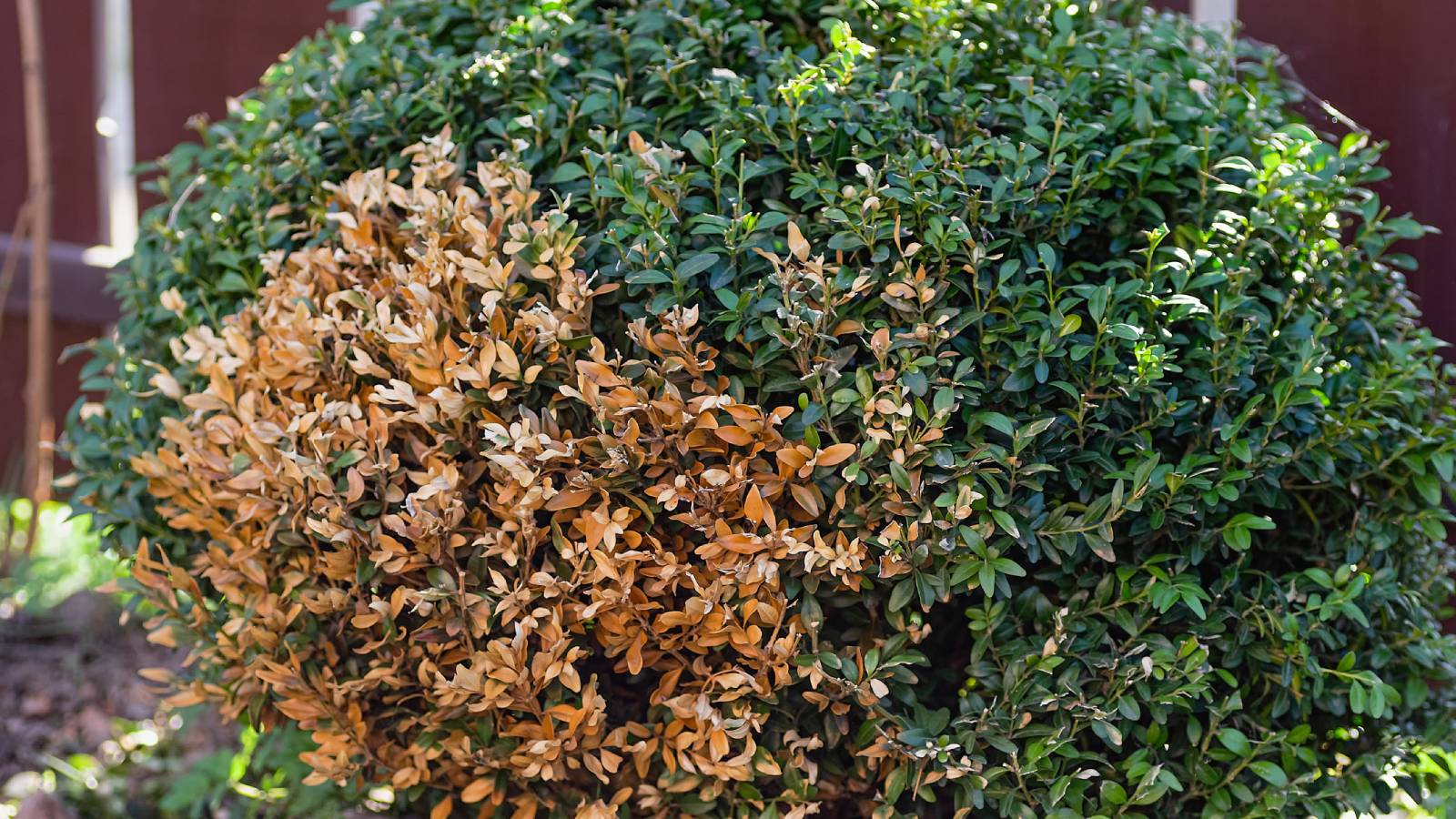

Location, location, location! It’s what makes a house valuable, but also what makes a tree happy. Plants in the wild choose their own placement, but those you add to your landscape are stuck with the conditions of the site.
When it comes to growing trees, each species has different cultural needs. When you're planting, be sure to give each shrub and tree the light, soil, drainage, and elbow room it requires if you want it to thrive.
What if you get it wrong? Choosing the wrong site for a tree usually doesn’t have a happy end game; the tree won’t do well and may even die. If the tree is not too big when you notice the mistake, it is possible to move it – with care.
What Does Poor Tree Placement Look Like?
Poor plant placement can take many different forms. If you fail to take any of a tree’s cultural care requirements into account when planting, the result is a less-than-ideal placement. This could involve incorrect sun exposure, soil drainage or planting depth.
It’s critical that a tree or shrub be planted in a site with appropriate sun exposure. Some trees like full sun, others prefer part shade, and some only thrive in shade. Similarly, the ideal type of soil varies among species. Soil that drains well is generally preferred, but soil that drains too fast (e.g. sandy soil) for a particular tree – or hold onto too much water – will also cause issues.
Failure to consider the mature height and breadth of a bush or tree is a common issue in home landscapes. Most trees are planted young, but these saplings can and will grow. Be sure to learn the mature size of the tree, then pick a site far enough from buildings, streets, driveways and other major plants to allow for growth. Take stock of the space you're working with with a tape measure like this one on Amazon.
Planting the root ball too deep in the soil or not deep enough can also cause problems. Similarly, it’s important to match the plant to your hardiness zone if you expect it to survive over the winter.
Sign up for the Gardening Know How newsletter today and receive a free copy of our e-book "How to Grow Delicious Tomatoes".
Signs a Tree or Shrub Isn’t Thriving in Its Current Spot
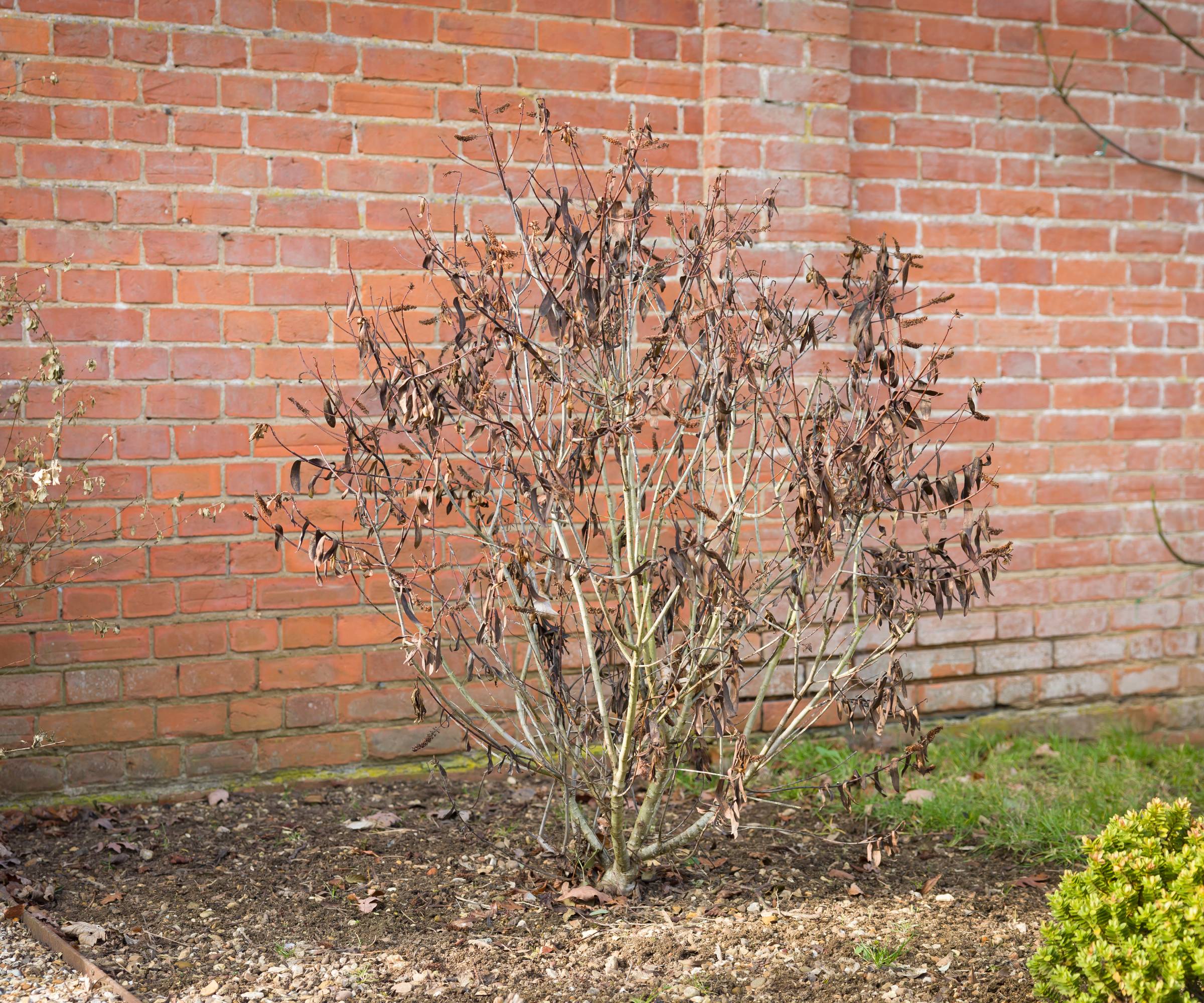
Every gardener takes regular stock of their trees and shrubs to see how they are doing. Those that are thriving will be healthy and vital. Those that aren't doing well in their current spot may show different types of stress damage.
For example, too much sun causes a tree’s leaves to turn yellow or have a scorched look. These same symptoms can result from water stress – but that is not necessarily a placement issue. It might be if the soil has drainage issues.
If a tree or bush gets too little sun, it won’t offer many flowers or fruits. The leaves may look pale and some may fall. If too many fall, you're left with bare branches.
Poor soil – or shallow soil – can cause rooting issues. If the soil only allows for shallow roots, the tree can lean to one side instead of standing straight, or it could even fall. Drainage issues resulting from heavy soil hold in excess water. Since the roots are essentially waterlogged, wilting of the leaves will result. And any of these stresses can result in pest or disease issues.
Another type of placement problem involves space, or elbow room. If a spreading tree or wide shrub is planted too close to your home or garage, it won’t be able to develop a full canopy. This can limit the flowers and fruits the tree produces, and can also result in a tree that is not symmetrical or doesn’t stand straight.
How to Safely Move a Tree or Shrub
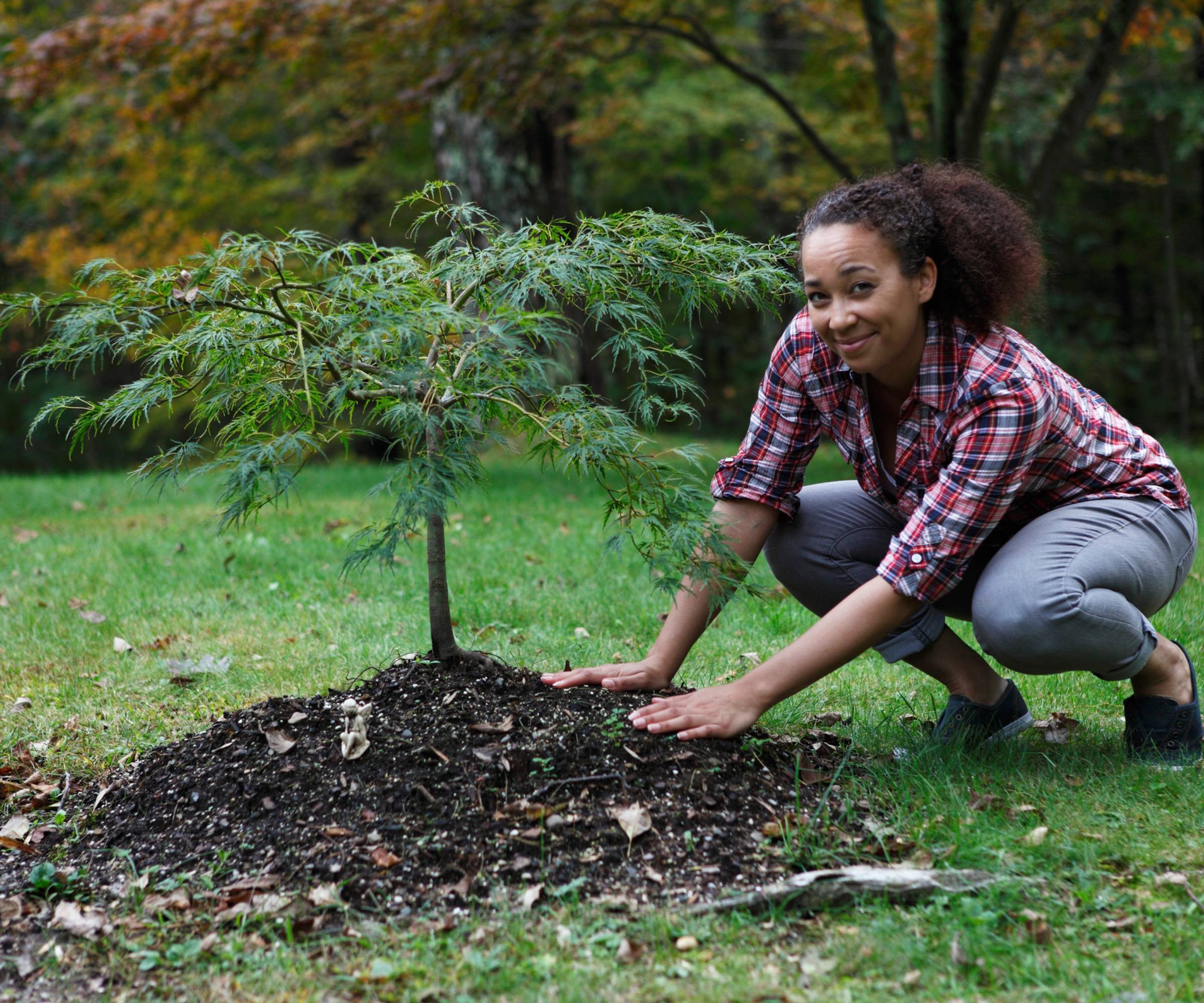
It's entirely possible to transplant small trees and shrubs in the garden if they are placed poorly. However, if the tree has a diameter of more than 2 inches (5 cm), think twice before tackling the job yourself.
1. Pick the Right Time
Never attempt to transplant a tree or shrub in the summer heat. It will be too hard for the tree’s roots to establish in hot weather. The same is true of winter weather.
The best times for transplanting are fall and spring. But there's a little more finesse to it than that. fIf you need to move a deciduous tree, act in early spring – before any new growth appears – or in fall, after the leaves have fallen. For evergreens, early spring or late summer is best.
2. Prep the New Site
Preparing the new site is important. Now’s the time to double check that the soil and sun exposure is right for the species of tree you are planting. If the soil is a little too heavy or too sandy, correct this with amendments before proceeding.
Dig the new hole for the tree or shrub. It should be several times as wide as the rootball. You can estimate this by digging a little around the tree to be transplanted. The hole shouldn’t be much deeper than the rootball since you want it planted on about the same level in the soil as it was before. Fill the new hole with water and let it drain through.
For an easier time digging, try this Ames shovel with Comfort Step from Home Depot.
3. Dig Out the Plant
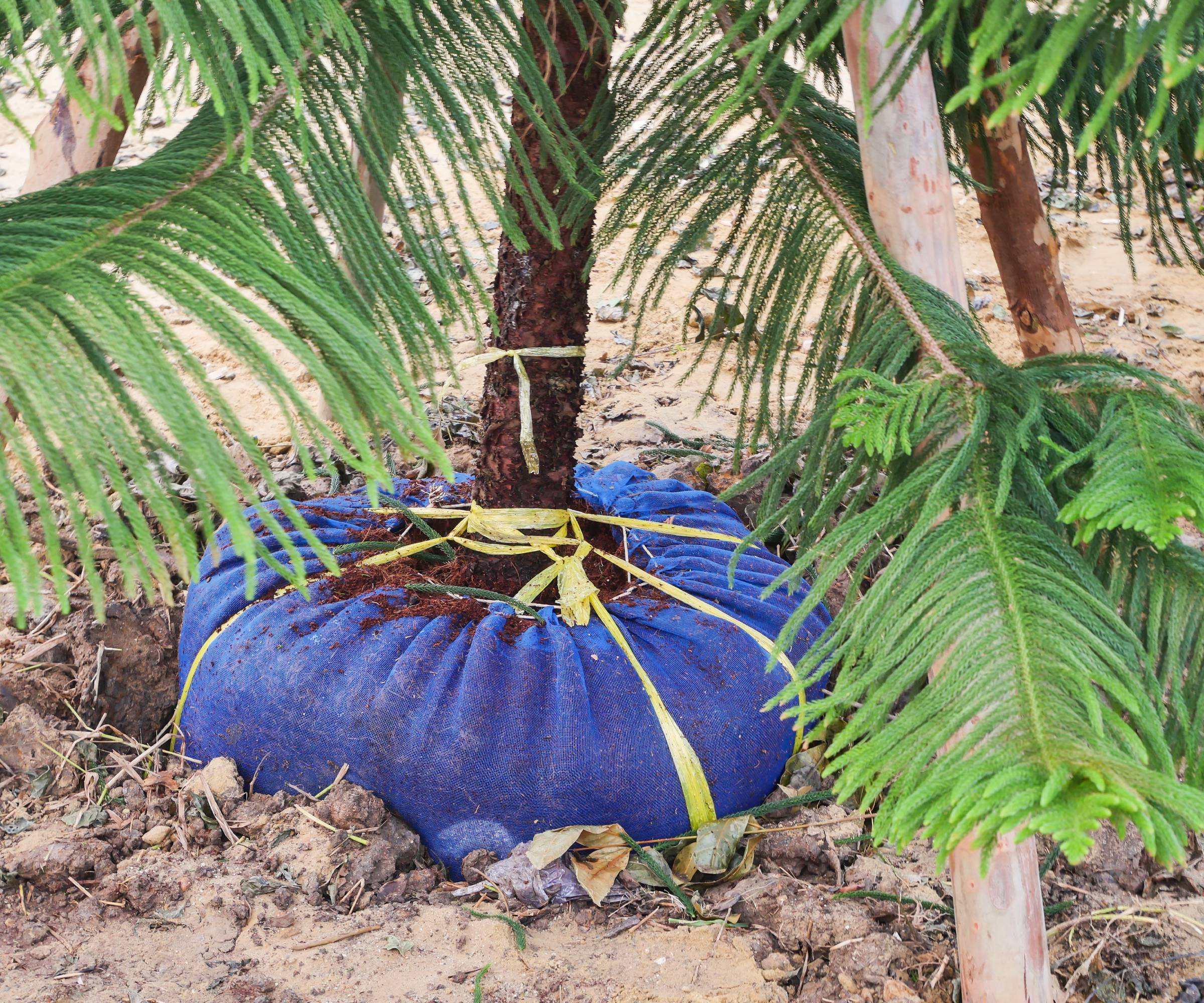
How to move a tree as easily as possible? Water it well. If you water the tree or shrub to several days before the move, the soil will be easier to dig out.
The key to successfully transplanting trees is taking an adequate root ball – that is, digging out the roots with soil around them. The bigger the tree, the larger the root ball should be.
To dig out the root ball, dig a trench around the tree that includes most of the core or roots. It isn’t possible to take every single root with the root ball, so don’t hesitate to use a pruner to clip off a few long ones. Dig the trench deeply enough that you can cut under the roots with a sharp shovel or hoe.
Once the tree’s root ball is freed, tip it to one side of the hole, onto a piece of burlap or a tarp. Move the root ball by lifting and carrying the fabric. Move it to the new planting site.
4. Transplant
Place the root ball of the tree into the hole you have already prepared, being careful to keep the root ball intact. You don’t want it to break apart. It should stand a little higher than the surrounding soil. Fill it with the extracted soil, pressing the soil as it fills. After the transplanting is finished, water the tree or bush thoroughly.
Post-Move Care
Be sure to water the newly transplanted tree frequently. Transplant shock occurs when a recently moved tree declines in health. Assuming you provided the tree with its cultural requirements in terms of sun exposure, soil drainage and elbow room, transplant shock generally results from inadequate water. Adding mulch will help keep the water in the soil.
What about fertilizer? Do not fertilize a newly planted tree. The job you want the tree to focus on is resulting a strong root system. Fertilizer might turn its attention to the canopy.
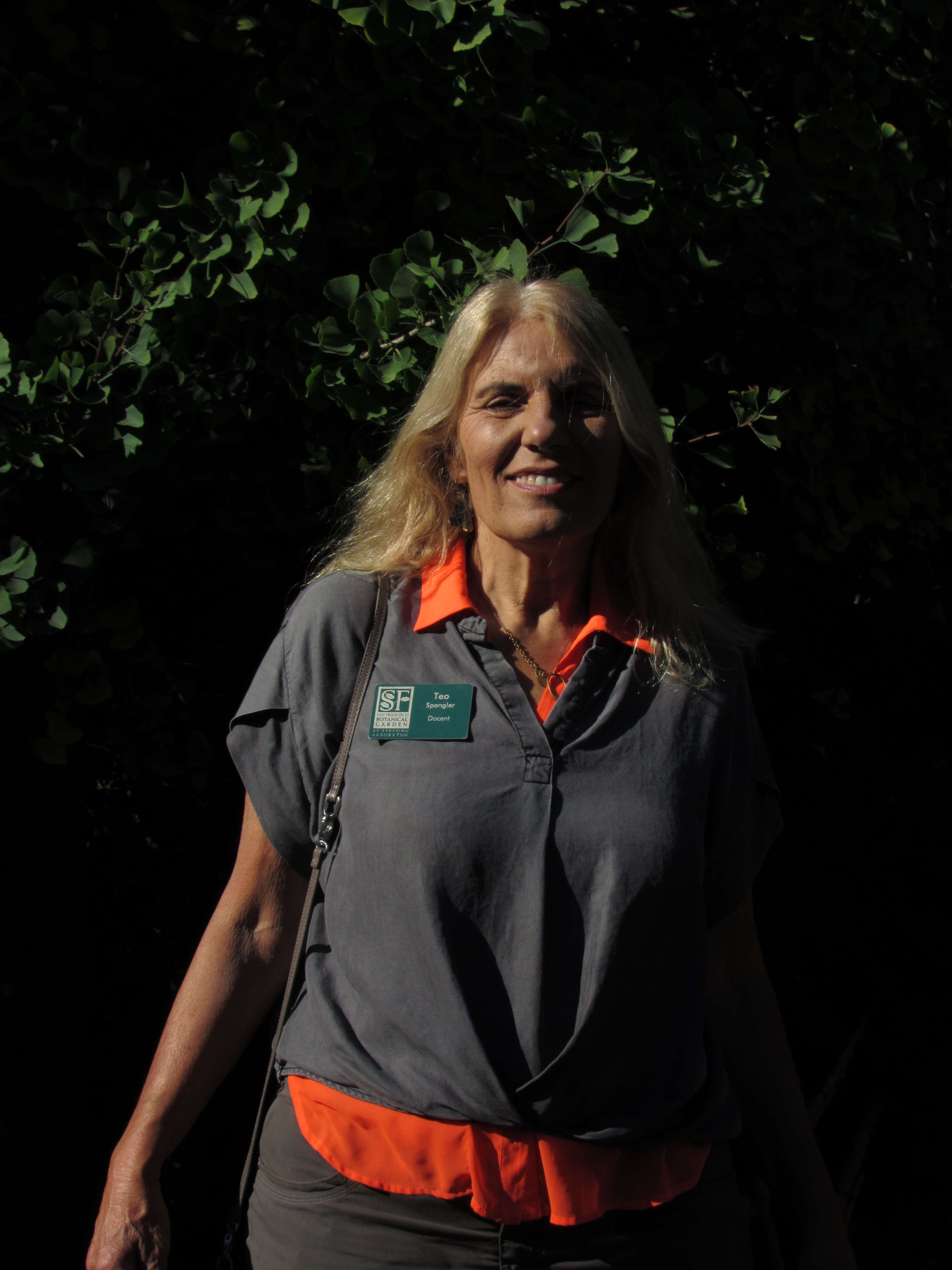
Teo Spengler is a master gardener and a docent at the San Francisco Botanical Garden, where she hosts public tours. She has studied horticulture and written about nature, trees, plants, and gardening for more than two decades, following a career as an attorney and legal writer. Her extended family includes some 30 houseplants and hundreds of outdoor plants, including 250 trees, which are her main passion. Spengler currently splits her life between San Francisco and the French Basque Country, though she was raised in Alaska, giving her experience of gardening in a range of climates.